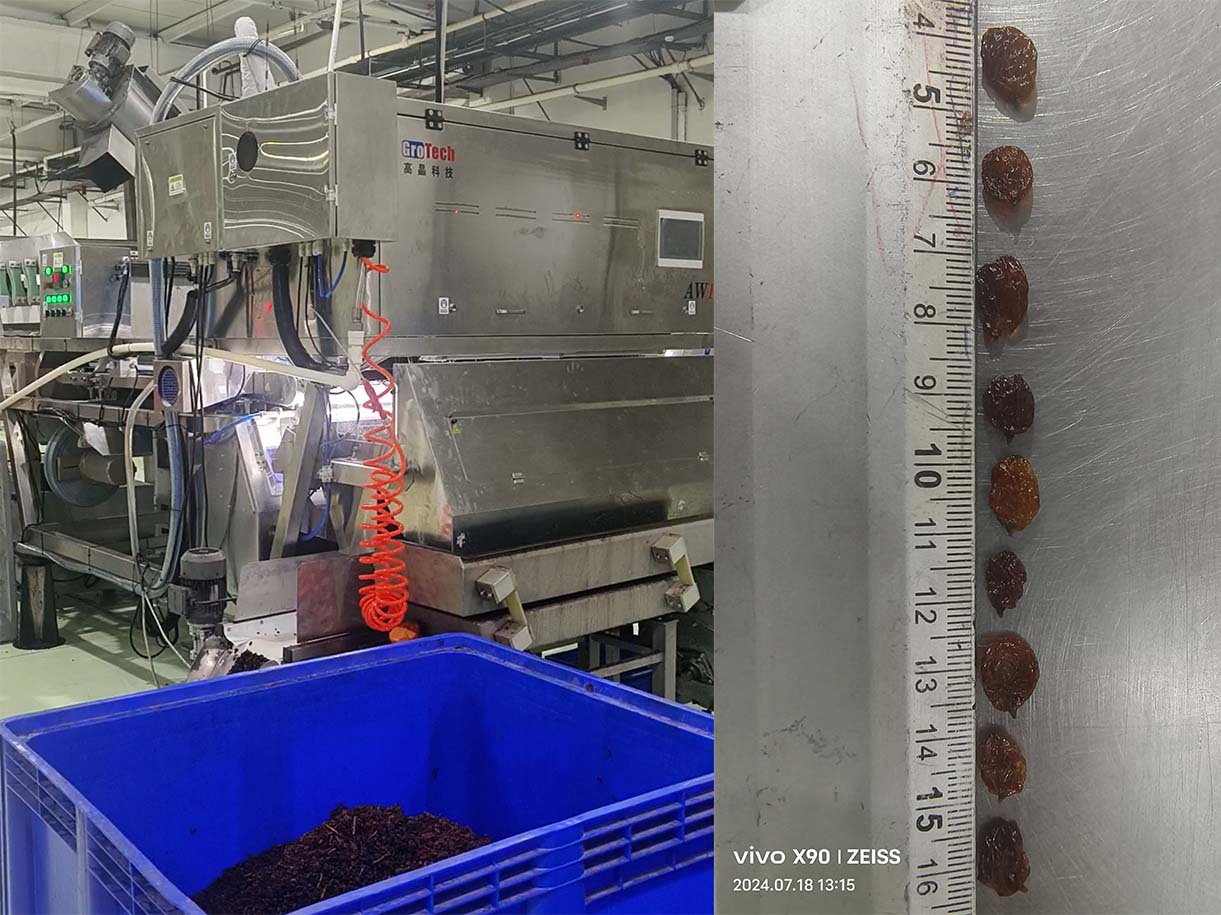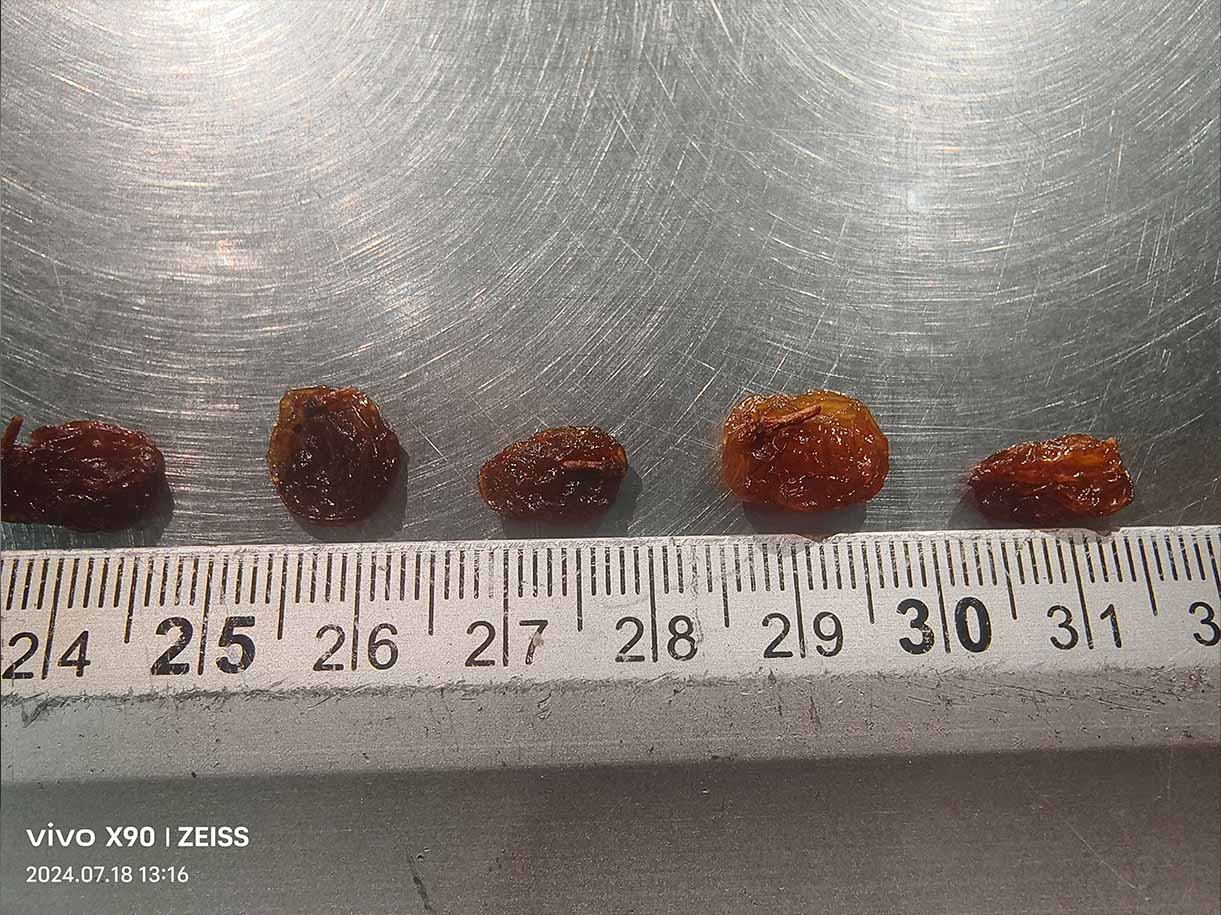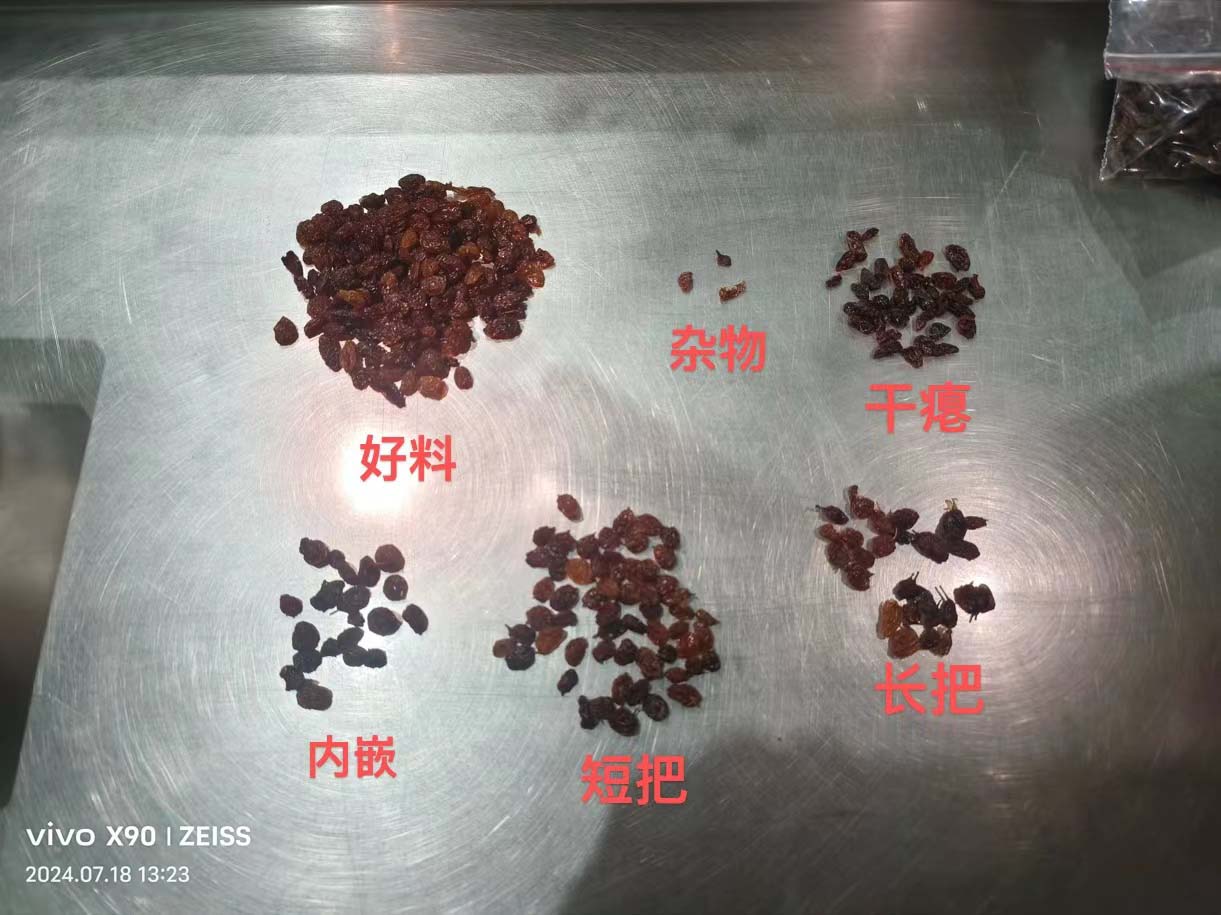Measuring principle of tensile machine:
1.The force value of the tensile testing machine is measured through a load cell, amplifier and data processing system. Under the premise of small deformation, the strain e at a certain point of an elastic element is proportional to the force on the elastic element, and also proportional to the elastic deformation. Taking the S-type testing machine sensor as an example, when the sensor is subjected to the effect of tensile force P, since a strain gauge is attached to the surface of the elastic element, and the strain of the elastic element is proportional to the magnitude of the external force P, the strain gauge is connected to the measurement circuit. , you can measure its output voltage and then measure the force.
2. The deformation of the tensile machine is measured through the deformation measuring device, which is used to measure the deformation of the sample during the experiment. The device has two chucks, which are connected to the photoelectric encoder installed on the top of the measuring device through a series of mechanical mechanisms. When the distance between the two chucks changes, the shaft of the photoelectric encoder is driven to rotate, and the photoelectric encoder There will be a pulse signal output. This signal is then processed by the processor, and the deformation of the sample can be obtained.
3. The principle of measuring the displacement of the tensile machine beam is roughly the same as that of the deformation measurement. The displacement of the beam is obtained by measuring the output pulse number of the photoelectric encoder.
How to operate:
(1) Regarding the loading and unloading of specimens: The round specimen is clamped in the center of the round jaw clamp, and the specimen is clamped. The flat specimen must be perpendicular to the fixture and cannot be skewed. The clamping part must be long enough, at least 3/4 of the length of the clamping block. When the upper and lower chucks are clamped, it is prohibited to raise or lower the beam.
(2) Regarding force value clearing: used to display sampled data, there is a sensor bar on the main interface of the software. The electronic tensile testing machine can display the values of 4 types of sensors, namely test force, displacement, extensometer, and peak force. Usually after clamping the test piece and installing the extensometer, each sensor must be cleared before the test can be started. However, the reset of the force sensor is more special. First, clamp the upper chuck of the stretching fixture, then adjust the lower beam to the appropriate position, clear the force value, and then clamp the lower chuck.
(3) Permanent deformation: After the load is removed, the material still remains deformed.
(4) Yield point: When the material is stretched on an electronic tensile testing machine, the deformation increases but the stress remains unchanged. This point is the yield point. The yield point is divided into upper and lower yield points, and the upper yield point is usually used as the yield point. Yield: The load exceeds the proportional limit and is no longer proportional to the extension. The load will drop suddenly, and then fluctuate up and down over a period of time, and the extension will change greatly. This phenomenon is called yielding.
(5) Yield strength: When stretching, the load at which the permanent elongation reaches a certain specified value is divided by the original cross-sectional area of the parallel part.
(6) Spring K value: the ratio of the weight of the force in the same phase as the deformation and the deformation.
(7) Effect elasticity and hysteresis loss.

Email: hello@utstesters.com
Direct: + 86 152 6060 5085
Tel: +86-596-7686689
Web: www.utstesters.com










